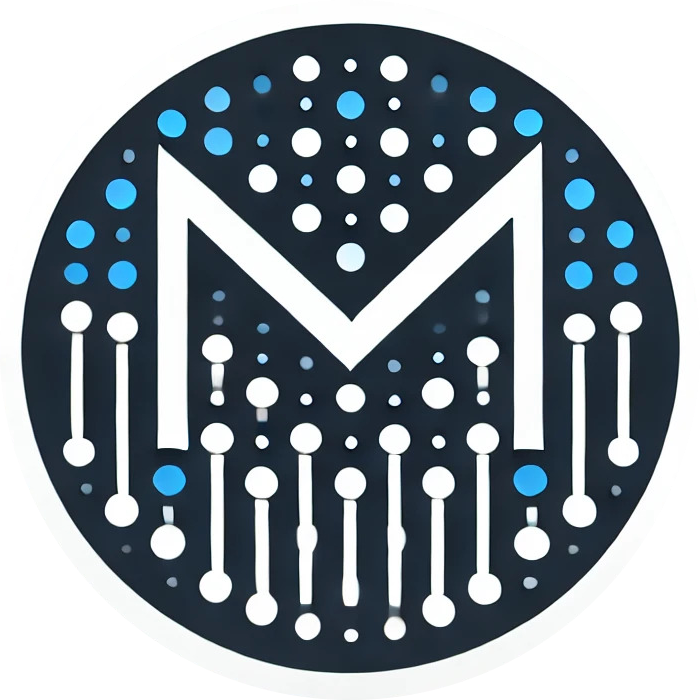
A Complete History of Morse Code.
Before the internet, before smartphones, before a web of invisible data connected the world, there was a simple, elegant language of dots and dashes. It was the first true form of digital communication, a revolutionary system that could send complex messages across continents and oceans in an instant. This is the history of Morse code, a story of innovation, disaster, and a lasting legacy that still echoes today.
The Man Behind the Code: Samuel Morse
Our story begins not with an engineer but with an artist. Samuel Morse was a successful portrait painter who, in 1832, was traveling home by ship from Europe. During a conversation about electromagnets, he was struck by a revolutionary idea: if a current could be sent through a wire, why couldn’t it be used to transmit a message?
For the next decade, Morse and his associate, Alfred Vail, worked tirelessly to develop two key inventions: the single-wire telegraph and the system of dots and dashes to be used with it. In 1844, Morse sent the first public telegraph message from Washington, D.C. to Baltimore. The message, “What hath God wrought,” marked the dawn of the telecommunications age.
The Birth of a Universal Language: International Morse Code
The original “American Morse Code” was clever but had flaws. It used multiple dash lengths and complex timings, which made it confusing for operators outside the United States. To create a truly global standard, a conference was held in Europe in 1865.
The result was the International Morse Code, the system we know today. It simplified the alphabet, using only a single dash length (equal to three dots). This refined version was clearer, easier to learn, and quickly adopted worldwide, becoming the universal language for telegraphy.
Taking to the Airwaves: Morse Code Radio and CW
The next great leap came with the invention of the radio. Guglielmo Marconi pioneered wireless telegraphy, freeing Morse code from the confines of physical wires. Instead of an electrical pulse, messages were now sent via radio waves.
This was accomplished using CW (Continuous Wave). In simple terms, a radio signal is continuously broadcast on a specific frequency. The operator uses a telegraph key to interrupt this signal, creating short breaks (dots) and longer breaks (dashes). This “on-off keying” was an incredibly reliable method for transmitting messages over long distances, making it essential for ships, early aviation, and military operations.
A Famous Cry for Help: The Titanic’s Morse Code Message
Perhaps the most famous event in the history of Morse code occurred on the fateful night of April 14, 1912. When the RMS Titanic struck an iceberg, its two radio operators, Jack Phillips and Harold Bride, frantically began sending out distress signals.
Initially, they used the standard distress call, “CQD.” But as the situation grew more desperate, they also began using the newer, simpler signal: “SOS.” The Titanic’s Morse code message (...---...) was picked up by the nearby ship RMS Carpathia, which raced to the scene and saved over 700 lives. The tragedy solidified SOS as the undisputed universal signal for distress, a legacy that endures to this day.
The Code in Pop Culture and Modern Times
Even as technology advanced, Morse code never truly disappeared. It became a powerful storytelling device, a symbol of cleverness and survival. You can find Morse code in movies like Independence Day, where it’s used to coordinate an attack, or Parasite, where it’s a key plot point.
Furthermore, the code is kept alive by thousands of amateur radio Morse code enthusiasts (or “ham” operators) around the world. For them, using CW is a cherished skill, a reliable form of communication that works when all else fails, and a direct connection to the rich history of radio.
The Enduring Legacy
The history of Morse code is inextricably linked to the history of modern communication. From Samuel Morse’s simple idea to the Titanic’s desperate plea, it proved that humanity could conquer distance with ingenuity. While it may no longer be the world’s primary communication method, its DNA is in every text message we send and every email we write. It was, and remains, the beautiful, simple code that first connected the world.
